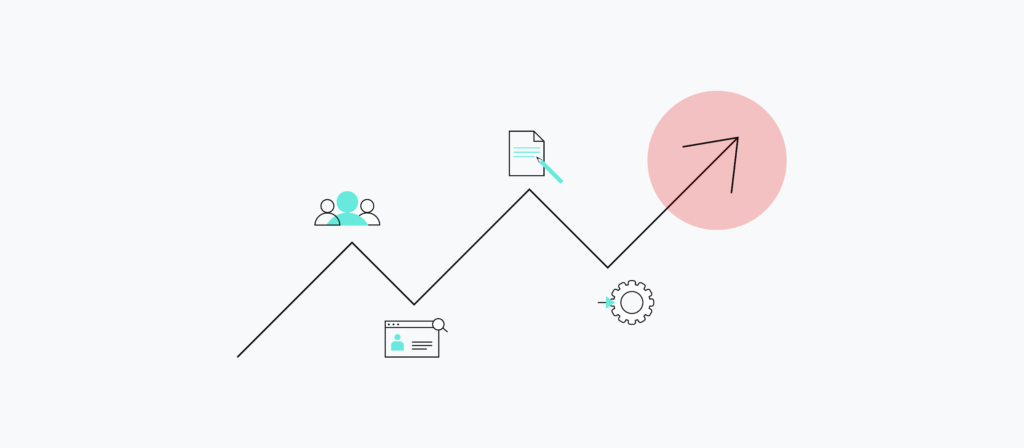In the age of digital transformation, APIs are the connective tissue of modern business. They power integrations, enable automation, and form the backbone of customer-facing and internal applications. But as enterprises rush to build, ship, and scale, many overlook a crucial truth: not all APIs are created equal—and undisciplined API architecture comes at a steep cost.
It rarely starts with chaos. At first, there’s a small service spun up to handle user data. Then another for payments. Then a partner API. Then three more for reporting, personalization, and notifications. As product teams expand, new endpoints get added. Legacy ones rarely get retired. Over time, without a clear governance model, what began as a lean system becomes an untraceable web of dependencies, redundancy, and technical debt.
That’s where the real costs start to emerge—not just in dollars, but in time, performance, and trust.
Poorly structured APIs lead to bloated payloads, inefficient data flows, and brittle connections between services. Developers spend more time deciphering old code than writing new features. Outages become more frequent, debugging becomes a guessing game, and cross-team velocity slows to a crawl. Worst of all, customers start to feel the strain—through sluggish performance, broken integrations, and inconsistent experiences.
One of the most overlooked cost drivers in this landscape is duplicate or redundant API calls—something that’s nearly impossible to track in a sprawling, undocumented system. Every unnecessary call eats up compute resources and cloud budget. Multiply that across thousands of users, and suddenly the infrastructure bill is double what it should be.
Enterprises that take a disciplined approach to API architecture avoid these traps. They think modularly. They version with intent. They treat APIs as products, not just tools. And they invest in observability and documentation to ensure that growth doesn’t equal chaos.
Here’s where AI is becoming a game changer. With advanced tools and platforms, businesses can now analyze their API ecosystems in real time—detecting anomalies, measuring call efficiency, and even predicting bottlenecks before they cause a problem. Companies like Scale AI are helping enable this transformation by providing the high-quality labeled data that powers these AI models. Whether it’s analyzing API traffic, mapping endpoint usage, or automating dependency tracking, Scale AI’s data infrastructure is giving enterprises the clarity they need to build smarter systems.
Consider the case of a digital payments provider whose API footprint had grown rapidly to support dozens of partners. After a string of performance issues and a soaring AWS bill, the team used an AI-driven analysis tool—trained on data processed by Scale AI—to map out every endpoint, identify redundancies, and flag inefficient call patterns. Within weeks, they reduced their monthly compute costs by 30% and cut their average response times in half. The architecture didn’t just get cheaper—it got healthier.
Disciplined API architecture isn’t about slowing down innovation. It’s about making innovation sustainable. When APIs are clean, governed, and intelligently managed, teams move faster, systems stay resilient, and costs remain predictable.
In a world where APIs are the nervous system of digital business, the cost of doing it wrong is no longer just technical debt—it’s real, measurable, and growing every day.
The solution? Treat your APIs like the strategic assets they are. Build with discipline. Monitor intelligently. And partner with companies like Scale AI to ensure the data powering your decisions is as reliable as the systems you’re building.
Because when it comes to API architecture, structure isn’t just smart—it’s profitable.

